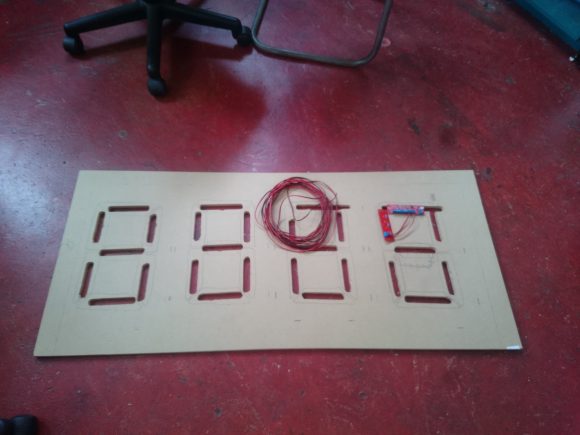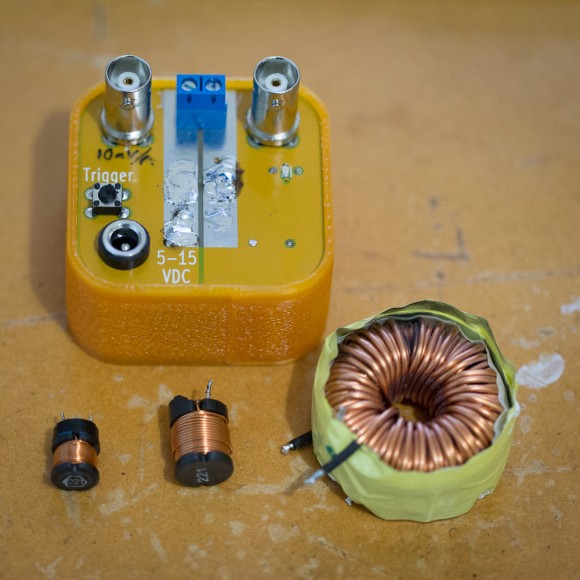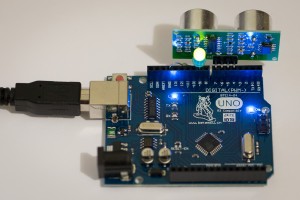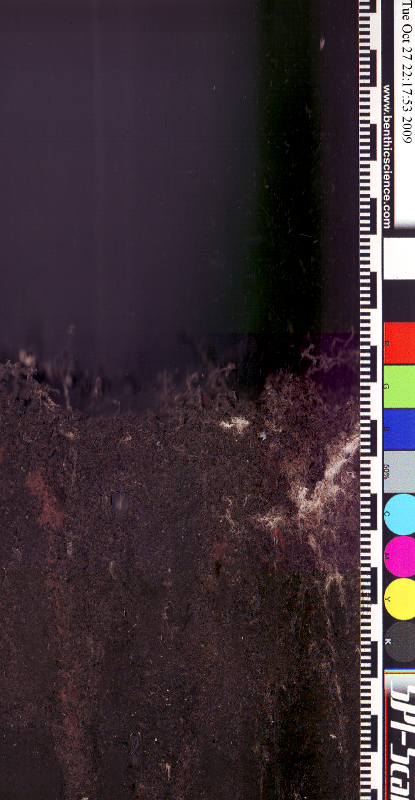Tonight, Steve was hard at work on building out the weaving studio in the garage area. It’s great to have the concrete floors available for this sort of work, for obvious reasons:
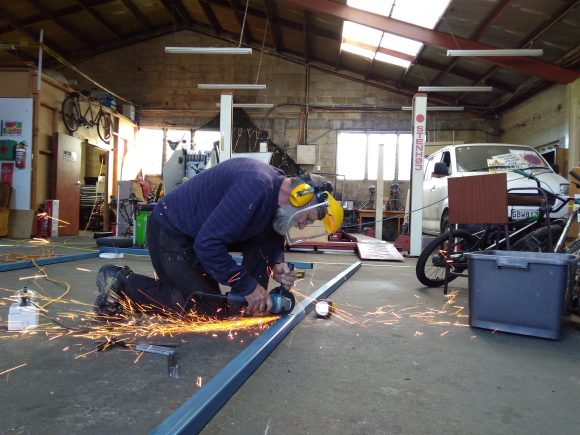
We gained a new tool in our computer toolkit: a USB-to-IDE/SATA hard drive adapter. This is something I bought for consolidating data off a pile of hard drives from several generations of old computers. It worked great for that job, but now that it’s done I don’t need it anymore – free to borrow or use it at makerspace.
Slightly less visibly – we’re a bit closer to having a new web server, which should be considerably quicker, quieter, more reliable, and more power efficient. Current plans are to provide it with battery backup via a Toyota-makerspace collaboration, perhaps with solar power at some stage! More details to come.
